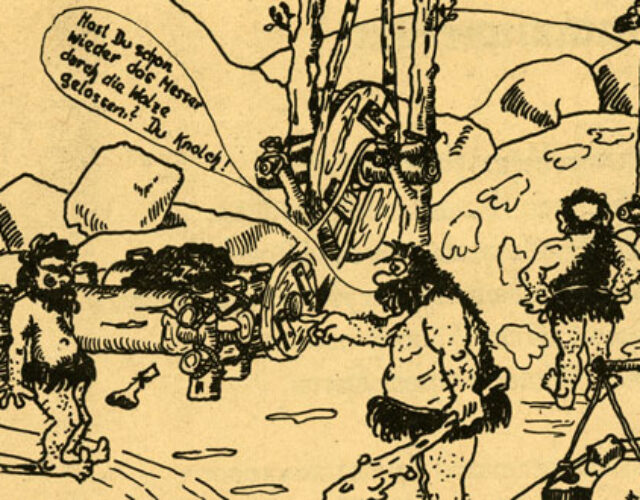In 1944 Henry Morgenthau, Jr., President Franklin D. Roosevelt’s secretary of the Treasury, had a vision. He saw postwar Germany as a vast farm—an agrarian state in which all heavy industry would be strictly forbidden and all advanced technologies effectively banished. A race of “happy peasant” Germans would never again threaten the peace and security of Europe. It was a plan so sweeping in its wrong-headedness that even Henry L. Stimson, who served as President Roosevelt’s secretary of war, had difficulty supporting it.
In what came to be known as the “Stimson Memorandum” he wrote: “My basic objection to the proposed methods of treating Germany which were discussed this morning was that in addition to a system of preventative and educative punishment they would add the dangerous weapon of complete economic oppression. Such methods, in my opinion, do not prevent war; they tend to breed war.”
Nonetheless, the plan was put into effect by U.S. Treasury officials on loan to the army, and until July 1947 it served as the marching orders for the U.S. army of occupation. Little or nothing was done to aid in the economic rehabilitation of the ruined German state.
Meanwhile, a brilliant German chemist named Erwin Weinbrenner prepared for his new agrarian life. In the years leading up to the war he had pioneered the development of totally synthetic Buna S tires; then during the war years he headed the Technical Services department at the Buna Schkopau plant. Before his involvement with the Buna program he had worked for both IG Farben—holder of the patent for Zyklon-B, the chemical used in Nazi gas chambers—and Bayer AG, both the kind of enterprises that Secretary Morgenthau and the “Morgenthau boys” had earmarked for extinction.
So how would Weinbrenner adjust to his new career as a dairy farmer? With wicked wit and a 32-page illustrated poem, KZL und Morgenthau. It would undoubtedly stick in Secretary Morgenthau’s craw that KZL was the abbreviation for Konzentrationslager, or concentration camp. In a series of drawings that accompany the verses and show the Germans reduced to the state of cave dwellers—but still quite tech-savvy and addicted to various Rube Goldberg–like labor-saving devices—Weinbrenner made the point that no number of legislative fiats would change the way people choose to live. The adoption of the more humanistic Marshall Plan in June 1947 was a tacit admission of the Morgenthau Plan’s shortcomings.




